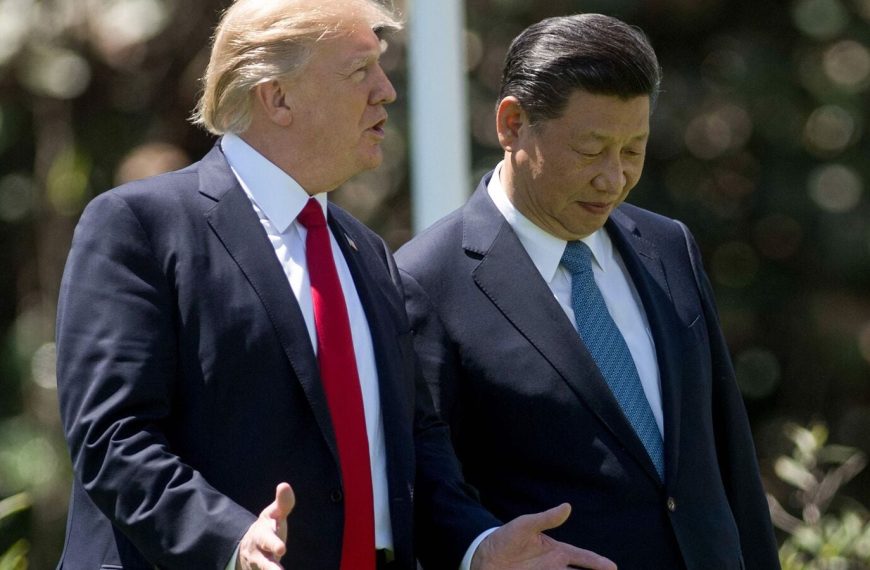In a positive turn of events for South Korea, the nation has witnessed a significant rise in marriages, reflecting renewed hope amid ongoing efforts to address the world’s lowest fertility rate. In 2024, over 222,000 couples exchanged vows, representing a remarkable 14.8% increase compared to the previous year. This surge marks the highest growth since 1990, showcasing a shift from the modest 1% rise noted just a year earlier.
Marriage and Fertility Trends
Interestingly, this surge in marriages follows a recent report indicating that South Korea’s fertility rate has improved for the first time in nine years. The uptick in both marriages and births may be attributed to individuals born in the early 1990s, a time when the country experienced a notable increase in births. Additionally, many couples who delayed their weddings due to the pandemic are now tying the knot.
Government Initiatives to Encourage Family Growth
Years of government initiatives aimed at promoting marriage and family life have likely played a crucial role in this trend. These initiatives include:
- Enhanced parental leave compensations
- Reduced mortgage interest rates for families with newborns
- Financial support for residents seeking to reverse sterilization procedures
Such programs are designed to alleviate some of the financial burdens associated with raising children, making it more feasible for couples to start families.
Addressing the Aging Population Challenge
South Korea faces significant challenges due to a declining birth rate, which contributes to an aging population. This demographic shift raises concerns over the sustainability of public pension systems and healthcare services. Furthermore, with a shrinking workforce, the nation may struggle to maintain its competitive edge against emerging economies like China.
As of last year, the lifetime fertility rate in South Korea stood at an alarming 0.75, the lowest globally, although it showed a slight improvement from 0.72 in 2023. Seoul, the capital, recorded an even lower rate of 0.58, highlighting the urgent need for effective solutions.
Factors Behind the Low Birth Rate
Several factors discourage South Koreans from having children, including:
- High living costs
- Limited affordable housing options
- Concerns about career repercussions after parental leave
- Education expenses that are among the highest in developed nations
In South Korea, there is a strong correlation between marriage and childbirth, with out-of-wedlock births being quite rare. According to recent statistics, men are typically getting married at an average age of 33.9, while women marry at about 31.6. Research indicates that earlier marriages often lead to larger families.
In conclusion, while the recent increase in marriages offers a glimmer of hope, addressing the underlying issues that contribute to the low fertility rate remains crucial for South Korea’s future. For a deeper understanding of these demographic trends, explore more about the implications of the aging population and the government’s ongoing efforts to support family growth.











